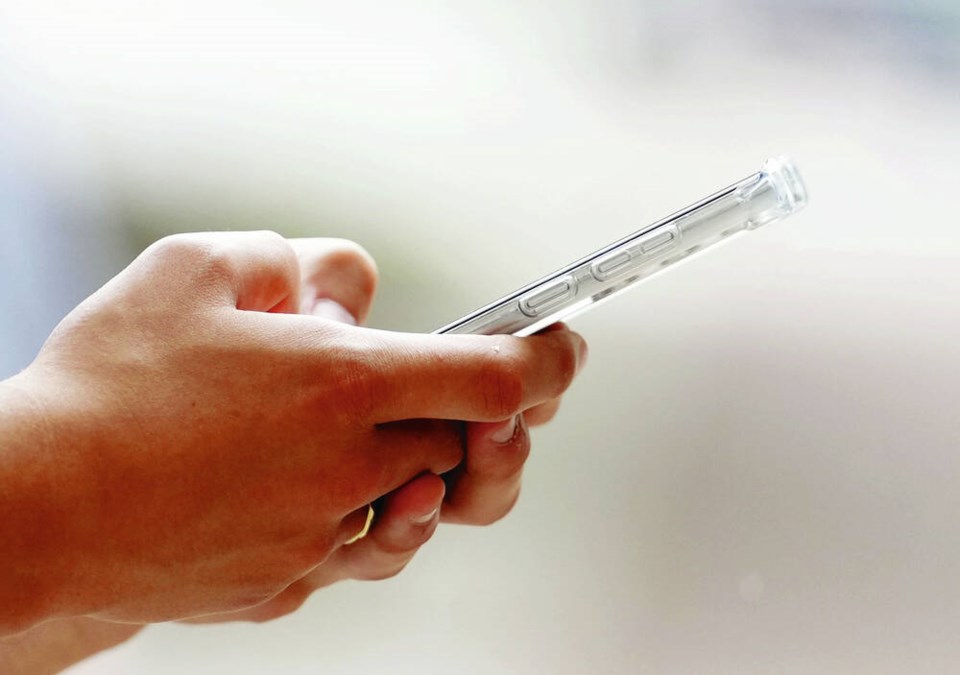Students returning to classes at Belmont Secondary this week will again have to abide by certain rules when it comes to cellphones — they’ll have to place them in a container provided at the front of the class or store them in their bags on silent mode.
Headphones can be worn only with a teacher’s permission. If time allows, there might be “technology breaks” for checking phones during class.
Belmont principal Laura Fulton said in a letter to families that the goal is “a healthy learning environment” with as few distractions as possible.
“While we recognize the important role that technology plays in the lives of our young learners as both a tool for learning and for its role in the social lives of our students, we also recognize the school’s role in fostering an environment where technology is used within healthy boundaries and students are educated on the ways that technology can affect their learning and health,” she said.
Parents or caregivers concerned about contacting a child right away can do so by relaying a message through the school office, Fulton said. “Likewise, a student may contact their parent/caregiver for urgent needs by either visiting the school office or by letting their teacher know they need to use their personal device.”
Cellphones in classrooms have been a hot topic since Quebec Education Minister Bernard Drainville said last week that he plans to ban cellphones in the majority of class settings, calling them a distraction.
A survey this spring of 7,000 teachers in the province found 92 per cent favoured such a ban.
Saanich Teachers’ Association president Don Peterson said whether cellphone use should be allowed in classrooms continues to be debated.
“There’s lots of conversation, lots of debate even amongst teachers on whether to allow cellphones to be used in your classroom.”
At École John Stubbs Memorial School, kindergarten to Grade 8 students are asked to heed the catchphrase “Bell to Bell, NO CELL.”
In the Greater Victoria School District, rules for electronic devices at secondary schools are largely laid out by individual classroom teachers, said superintendent Deb Whitten.
“We’ve maintained our expectations and those obviously are different from elementary to middle to secondary.”
Bonnie Leadbeater, a former University of Victoria psychology professor who has done extensive research on adolescent behaviour, thinks rules for using devices such as cellphones in the school system are a good idea.
She said students “need to have a little guidance in terms of where and when it’s appropriate.”
Classroom time can be an opportunity to socialize, participate in discussion and ask questions without cellphones being part of the process, Leadbeater said.
“Are we going to say that that’s secondary to cellphone use?”
Cellphones can be a distraction when you’re trying to be part of a classroom environment just as much as they’re a distraction for drivers, said Leadbeater, adding it’s important to concentrate on the task at hand. “I wouldn’t think you can do three things at once.”
She said she wishes UVic had set guidelines when she was teaching there.
“I had a student one time watching a football game.”
>>> To comment on this article, write a letter to the editor: [email protected]



